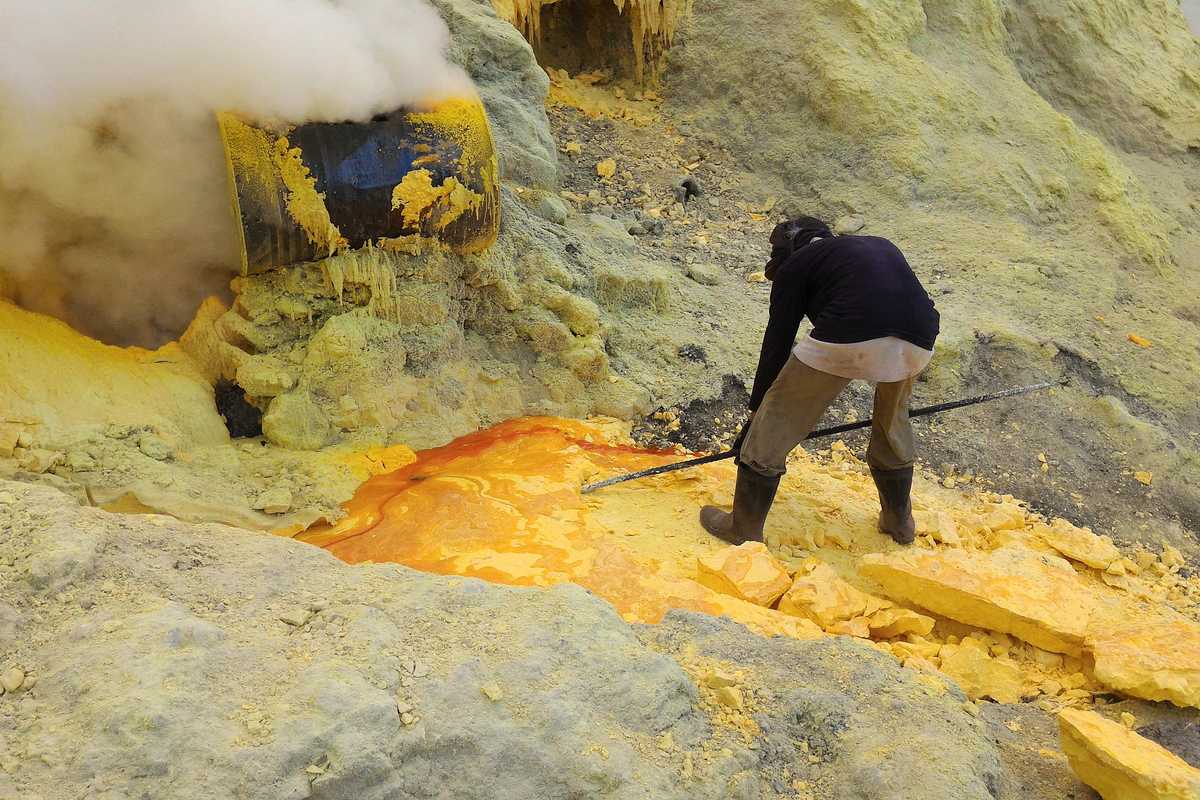Choose hemp strains that thrive in nickel-rich soils to optimize yield and sustainability. Implement regenerative farming practices, like crop rotation and natural pest management, to reduce environmental impact and enhance soil health. Engage with Indigenous communities for traditional ecological knowledge and partnerships that foster cultural collaboration and stewardship. Promote your eco-friendly approach, tapping into the growing market for sustainable THC products. Consumers increasingly seek best hhc gummies made from responsibly sourced ingredients. Prioritize soil testing to understand mineral composition and adjust cultivation techniques accordingly, ensuring efficient resource use and maximum plant health. Conduct ongoing monitoring and research to refine methods, reducing ecological footprints while boosting economic viability in industrial areas. Foster transparency and communication with stakeholders to build trust and align on shared sustainability goals.
The Intersection of Hemp Farming and Nickel Regions
Understanding Nickel-Rich Regions
Nickel-rich regions around the world, and notably in Canada, are unique landscapes where the demands of mining and environmental sustainability intersect. These regions are characterized by their geological makeup, housing vast deposits of nickel, a crucial metal in various industries, from stainless steel production to battery manufacturing. Canada’s role in this context is significant, as it stands as one of the top global producers of nickel, contributing substantially to the international market. This mineral wealth offers substantial economic opportunities, particularly in areas such as Northern Ontario and Newfoundland, where nickel mining is a key employer, energizing local communities and economies. Exploring renewable energy in Canada may provide additional insights into balancing resource extraction with sustainable practices.
However, along with economic benefits, there’s an increasing focus on the environmental impact of mining activities. The concept of sustainable hemp farming presents a promising synergy in these nickel-rich areas. By integrating hemp cultivation—a plant known for its phytoremediation properties—into the landscape, there is potential not only for soil restoration but also for opening new avenues for eco-friendly products like sustainable THC gummies. Hemp’s ability to improve soil health and sequester carbon can complement industrial activities, promoting a new era of environmental stewardship alongside traditional industries. Indigenous communities, whose lands often overlap with these mineral-rich areas, are essential partners in this developmental journey. Their traditional ecological knowledge offers valuable insights into sustainable land management and conservation practices.
To understand more about how these regions evolve, exploring nickel mining in Canada provides a deeper perspective on the interplay between natural resources and innovative, sustainable practices.

The Role of Hemp in Soil Remediation
In regions affected by nickel mining, soil health often faces significant challenges due to heavy metal contamination. Hemp, known for its robust phytoremediation abilities, offers a promising solution to this environmental dilemma. Phytoremediation is the process by which plants absorb pollutants from the soil, and hemp is exceptionally efficient at extracting heavy metals while simultaneously improving soil health. This hardy plant thrives in contaminated environments, embedding its roots deeply into the soil, which helps stabilize and rejuvenate the land over time.
Hemp’s deep root systems not only draw out nickel and other metals but also enhance soil structure, reduce erosion, and increase organic matter—a crucial factor for restoring nutrient balance. By integrating sustainable hemp farming into these challenged landscapes, communities can work toward regenerating the ecosystem and potentially transforming barren lands into fertile grounds, suitable for subsequent agricultural endeavors. This initiative aligns beautifully with the traditional ecological knowledge of Indigenous communities, who have long championed the harmony between land use and land stewardship.
Ultimately, hemp contributes more than just its roots to the soil; it bridges cultural practices with modern environmental science, advancing sustainable agriculture. This approach is not just about healing the earth, but also about forging new paths in equitable and collaborative environmental stewardship.

Sustainable Cultivation Practices for THC Hemp
Eco-Friendly Farming Techniques
In nickel regions, sustainable hemp farming offers a pathway to reducing environmental impact while supporting economic development. By integrating organic practices, farmers protect the soil and biodiversity, ensuring long-term agricultural health. One technique is the use of natural pest controls and organic fertilizers, reducing chemical runoff that can impact surrounding ecosystems. Water conservation is another critical strategy. Implementing drip irrigation systems allows precise water use, minimizing waste and ensuring that each plant receives adequate hydration without depleting local water resources.
Indigenous farming principles, which emphasize harmony with nature, can further enhance these efforts. Respectful land management and crop rotation practices passed down through generations contribute to soil fertility and ecosystem balance. Hemp’s role in absorbing heavy metals from the soil is particularly vital in nickel-rich areas, providing a natural method of remediating contaminated lands. These eco-friendly techniques not only preserve the environment but also align with the growing market demand for sustainable THC products, offering an opportunity for industry innovation and collaboration.
Indigenous Knowledge and Practices
Integrating Indigenous perspectives into sustainable hemp farming in nickel-rich regions highlights a profound respect for the land and its resources. Indigenous communities have long advocated for practices that harmonize with nature, emphasizing the importance of balance and sustainability. These traditional methods involve using natural cycles to enhance soil fertility, which can be particularly beneficial in areas impacted by nickel mining. By incorporating techniques such as crop rotation and companion planting, Indigenous knowledge helps restore and maintain the health of ecosystems, supporting biodiversity while reducing the need for chemical inputs.
As demand for environmentally friendly THC products like gummies grows, the integration of these time-honored practices ensures that hemp cultivation remains both productive and regenerative. This approach not only honors Indigenous heritage but also sets a precedent for sustainable agricultural practices that can mitigate the effects of industrialization. Collaboration with Indigenous communities offers valuable insights, fostering sustainable solutions and reinforcing the connection between hemp farming and environmental stewardship.
Economic Resilience Through Diversification
Hemp farming presents a promising avenue for economic resilience in nickel-mining regions, providing opportunities to diversify local economies and reduce reliance on a single industry. As the global demand shifts towards sustainable practices, hemp offers versatile applications beyond traditional uses, including the production of eco-friendly materials and sustainable THC gummies. This adaptability bolsters local economies by creating jobs in cultivation, processing, and product development. Moreover, adopting hemp farming can potentially harmonize with Indigenous land management practices, respecting cultural traditions and fostering collaborative partnerships. By embracing hemp agriculture, nickel regions can enhance their economic sustainability while contributing positively to environmental stewardship.
The Future of THC Gummies from Sustainable Sources

Consumer Demand for Eco-Friendly Products
Across the globe, there’s a marked shift towards eco-friendly products, driven by a heightened awareness of environmental impact and a collective push for sustainability. This trend extends to the realm of THC products, where consumers now prioritize gummies and other goods made from sustainably sourced materials. Hemp, often grown in nickel-rich regions, presents a compelling solution. Its cultivation not only reduces the ecological footprint but also supports the rehabilitation of heavily industrialized landscapes. For environmentally conscious buyers, opting for THC products derived from sustainable hemp farming aligns with their values of conservation and responsible consumption. This demand also fosters stronger community ties, as local and Indigenous communities play a pivotal role in sustainable practices. Adopting these methods can lead to innovative collaborations with policymakers and resource sector professionals, bridging traditional knowledge and modern techniques. Together, they pave the way for a greener future, elevating the importance of regenerating ecosystems even as they contribute to a thriving market for eco-conscious cannabis products.
Challenges and Opportunities
Sustainable hemp farming in nickel regions presents both challenges and opportunities for producing eco-friendly THC products. One notable challenge is soil contamination from nickel mining, which poses risks to hemp’s growth and its ability to produce safe THC gummies. However, hemp’s natural phytoremediation abilities—the process of using plants to remove toxins from the soil—can mitigate this issue, transforming a challenge into an opportunity for environmental restoration. Additionally, the integration of Indigenous knowledge and traditional cultivation practices offers unique insights into sustainable farming techniques, promoting culturally enriched collaborations.
The economic prospects are equally promising. With the rising demand for sustainable products, responsibly farmed THC gummies have the potential to capture a significant market segment. Aligning with consumer preferences for eco-conscious products, hemp growers can tap into new revenue streams while contributing to regional economic development. Moreover, partnerships with natural resource sectors can enhance sustainability efforts, fostering innovative approaches that benefit both the environment and the economy. The combination of these strategies showcases a hopeful pathway towards regenerative practices that respect both the land and local communities.
Conclusion
Integrating hemp farming into nickel-producing regions presents an exciting opportunity to enhance sustainability and foster economic development, particularly in producing environmentally responsible THC gummies. Hemp offers a robust solution with its rapid growth cycle and ability to thrive in diverse climates, making it an ideal crop for revitalizing land affected by nickel mining. By harnessing the natural and regenerative capabilities of hemp, these areas can witness not only an improvement in soil health but also in the socio-economic well-being of local and Indigenous communities.
One of the most compelling benefits of this integration is the creation of a greener supply chain for THC gummies, a product whose demand continues to soar among consumers seeking natural, earth-friendly options. The practice supports carbon sequestration, effectively reducing greenhouse gases and combating climate change, while also offering employment opportunities to those in mineral-rich regions, creating a thriving industry that respects the environment and the rights of Indigenous peoples.
Collaborative efforts between policymakers, environmentalists, and local communities are key to unlocking the full potential of this innovative approach. By aligning on sustainable practices and policies, stakeholders can ensure that the economic rewards do not come at the expense of ecological health or cultural integrity. This synergy of ecological stewardship and economic viability paints an optimistic picture for the future, taking strides towards a more sustainable model of production that aligns with the values of environmentally conscious individuals and communities. With dedication and collective action, the path forward can lead to a harmonious balance between industry and sustainability.




